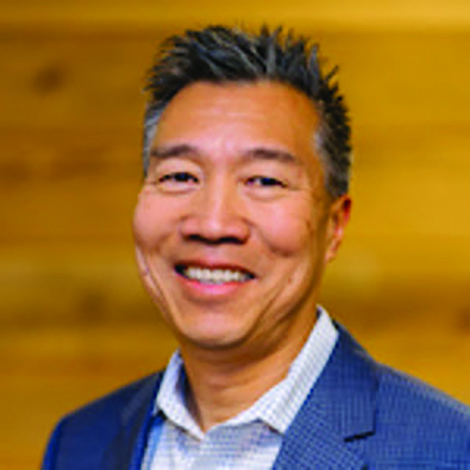Aging in the workplace: How to hang in there
In an interview with associate editor Mary Kane for Kiplinger’s Retirement Report, Teresa Ghilarducci, an economics professor at the New School for Social Research in New York and the director of its Schwartz Center for Economic Policy Analysis, discussed issues that people face staying on the job as they age and also face uncertainty in their 401(k). Here’s the Q and A:
Older workers often are encouraged to stay in the workforce, even past retirement age, to fund their retirements. But what is the workplace reality for older employees, and how should they handle it?
Ghilarducci: It’s difficult to kind of stay in the game. Things get harder to do, and it takes longer to learn new things. Raise your hand when it comes to training. Being open and waiting for an opportunity is too passive. Seek ways to train yourself. It could be a weekend class, a weeklong seminar, or a course. You build into your performance review that you want to learn new skills. If you weren’t that kind of person before, you actually have to change your strategy.
How pervasive is age discrimination, and how can older workers deal with it?
Ghildarducci: Looking for work is just one aspect of age discrimination. Even more important is how you are treated at work, the raises you might get, the promotions, your risk for layoffs. Data is showing women’s pay, even if they keep their jobs, falls faster than men’s. Inflation erodes it, and you might not get the extra hours or the promotion. Share your pay scale with your male and female colleagues. It will make for moments of awkwardness, but it will pay you back in pay fairness and pay raises.
Men, too, face downward mobility at older ages. They are more likely to have to stay in the labor force longerif they have a sick partner.
Generationally, the numbers of baby boomers in the workforce will make pay transparency and age discrimination more salient, but only if we stick together.
Is it harder for older women to find jobs and to succeed at the office?
Ghilarducci: I give this advice to my mother and to every other woman I know who needs a job: Never refer to your age in a joking manner. We have no idea what effect we are creating when we say things like “I’m having a senior moment.†Don’t let yourself be called old. Don’t talk about your gray hair. I tell people I’m 60. I happen to be 60. And that’s it. Men start to have these same kind of characteristics when they feel they are slipping in their late 60s, but it’s usually 10 years later than women.
What are some of the challenges older men face in staying in the workplace?
Ghildarducci: There’s an old way of thinking about seniority and hierarchy at work. It was structured so the kind of knowledge older workers had was quite valuable, like managerial knowledge and the knowledge of how the machines worked. That kind of specific knowledge is not as important now. Technology has sped up and changed the process, and now the hierarchy is flipped. The younger workers may have the knowledge and skills needed to stay in the game. I think that’s harder for older men than older women. They once had the hier- archy and status. Women never really had it, anyway.
You describe 401(k) plans as part of a broken retirement system. Does the recent stock market volatility prove your point?
Ghilarducci: It’s a 2008 moment again. The record-smashing highs of the stock market did not help people’s retirement accounts. What goes up comes back down. People feel like their balances are high, but they need to be reminded they need other forms of retirement security. We still need to make Social Security and Medicare strong. And it really is political leaders who need to do that.

